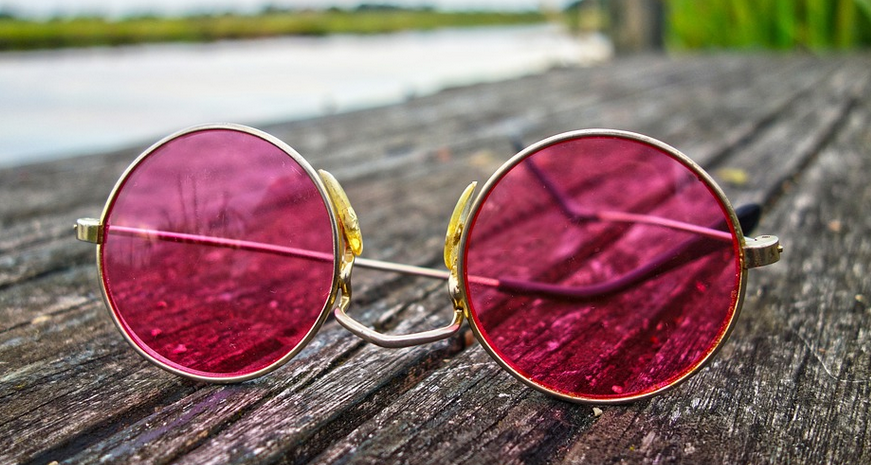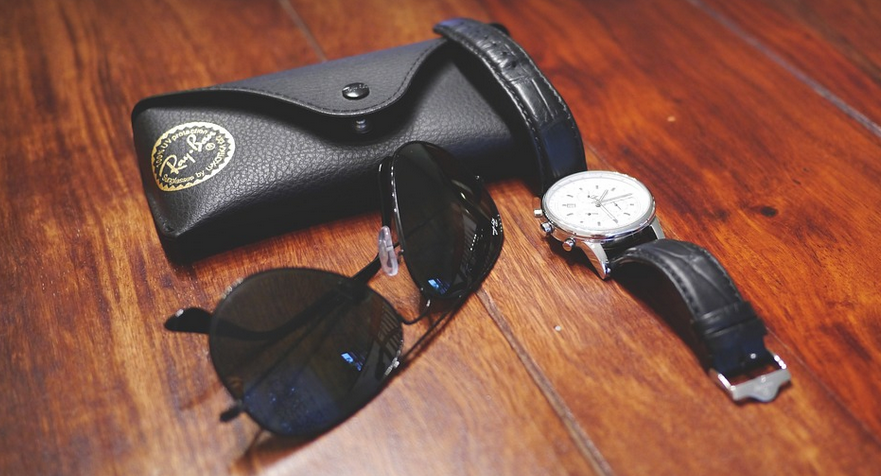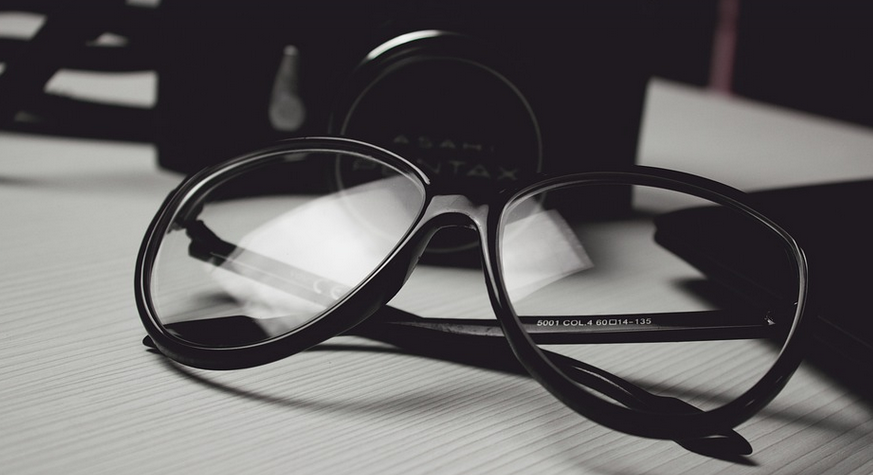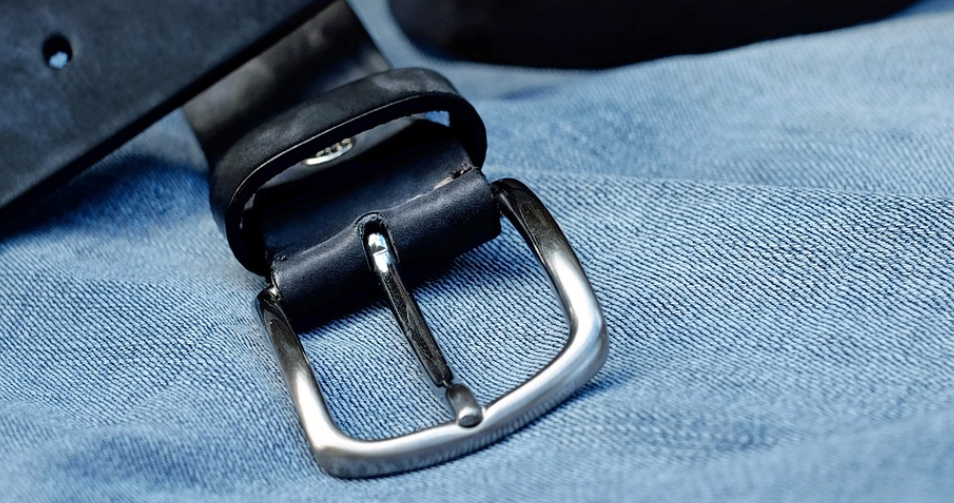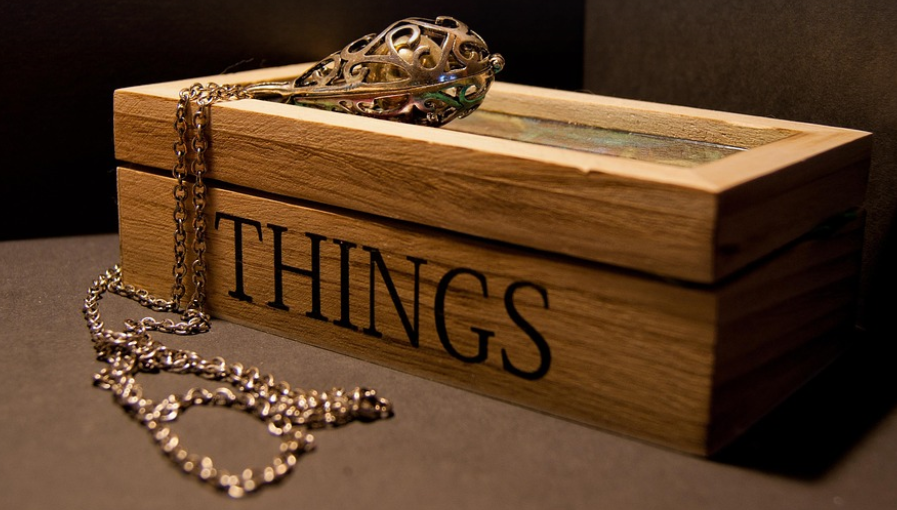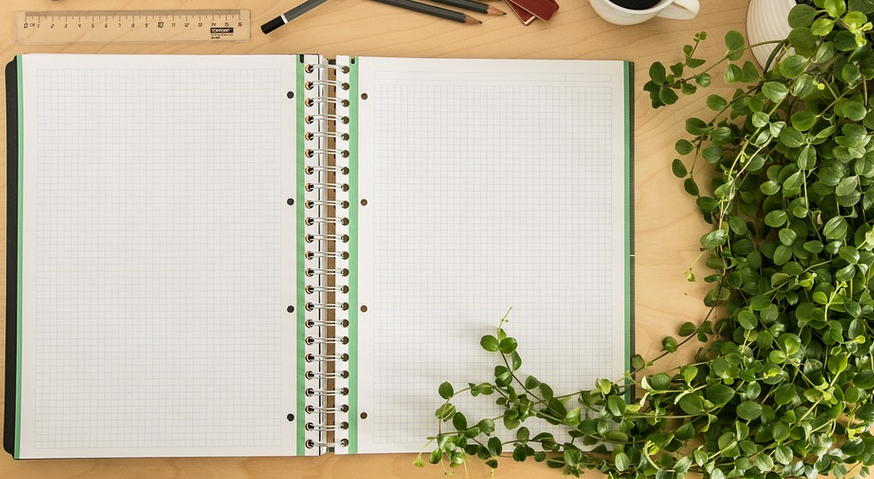
A Deep Dive into Dyeing Lace in 2024
Lace, with its intricate designs and delicate beauty, has captivated people for centuries. From elaborate wedding gowns to simple table runners, lace adds a touch of elegance and sophistication to whatever it graces. But what about dyeing? Can you dye lace to transform its look, or are those vibrant colors just out of reach?
The truth is, you can definitely dye lace! Lace, by its very nature, often presents a challenge for traditional dyeing methods. It’s made from fine fibers woven together in intricate patterns, which means the fabric has more surface area than many other materials. This makes it susceptible to shrinkage, color bleeding, and uneven dye absorption.
There are different types of lace, each with its unique characteristics when it comes to dyeing. For instance, delicate threadwork on a lightweight material like tulle might require a gentler approach compared to heavier fabrics like net or embroidery silk, which can handle stronger dyes.
The type of dye you choose also plays a crucial role in the outcome. Traditional dyeing methods using natural and synthetic dyes often lead to beautiful results, especially for lighter shades of color. However, remember that achieving vibrant colors on lace might require multiple applications or special techniques like mordanting.
Choosing the right dye depends on your desired look and the type of lace you’re working with. If you’re looking for subtle shading, a natural dye solution might be perfect. For bold statements, you might prefer synthetic dyes designed to intensely color fabrics.
When it comes to dyeing lace, patience is key. You need to allow the fibers to absorb the dye gradually and evenly. Rushing through the process can lead to uneven results or even damage to the delicate stitches in your lace. It’s also important to choose a suitable dyeing method that suits your lace type and desired outcome.
There are various methods for dyeing lace, each with its own set of benefits and drawbacks. Here are some well-known techniques:
1. Boiling Method
This classic dyeing method involves boiling the lace in a dye bath for an extended period. It’s perfect for achieving deep colors and creating intricate patterns.
**2. Immersion Dyeing**
Similar to boiling, this method uses a dye solution that is continuously submerged into the lace for several hours. This technique works best with less absorbent fabrics like cotton or linen.
3. Procion Fiber Reactive Dyes
These special dyes react with the fibers of your lace, resulting in vibrant and long-lasting color washes. These are highly recommended for intricate designs and delicate fabrics.
Essential Tips for Dyeing Lace
Before you embark on your dyeing adventure, keep these pointers in mind:
• **Test First:** Before dyeing your entire piece, try it out on a scrap of lace to test the dye color, absorption and any potential reactions with the fabric. This will help you avoid surprises later.
• **Gentle Touch:** Lace is inherently delicate. Use a soft brush or sponge when applying dye solution to ensure gentle but thorough coverage. Avoid rough scrubbing, which can damage the fabric.
• **Controlled Environment:** Work in a well-ventilated area. Avoid direct sunlight and keep the lace away from extreme temperatures.
• **Follow Instructions:** Pay close attention to the dye manufacturer’s instructions for dosage, soaking times, and rinsing procedures. This will help you avoid color inconsistencies or unexpected reactions.
• **Patience is Key:** As mentioned before, dyeing lace requires patience and time. Don’t rush the process; allow adequate time for the fibers to absorb the dye and achieve the desired shade.
The Result: A World of Color
Dyeing lace opens up a world of possibilities. You can create stunning new looks or subtly enhance the beauty of your existing pieces. Whether you’re looking to create a dramatic statement piece, highlight a specific detail in the lace design, or simply add a splash of color, dyeing offers incredible creative freedom.
The finished product will showcase an array of beautiful colors and textures. You can explore different shades, patterns, and techniques to find the perfect look for your lace. The possibilities are truly endless!
